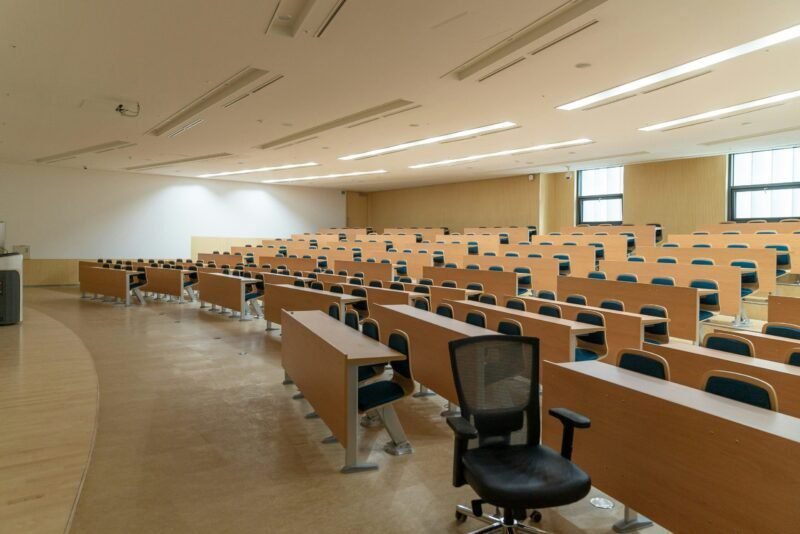The ocean is a natural carbon capture system that has evolved over millennia to store vast amounts of carbon dioxide, a major contributor to climate change. However, the ocean’s slow natural processes are unable to keep up with the rapid increase in human-generated carbon emissions. The global shipping industry alone is responsible for approximately 3% of global CO2 emissions, highlighting the urgent need for innovative solutions to reduce carbon footprints.
Inspired by the ocean’s natural carbon capture abilities, researchers at USC and Caltech, in partnership with startup Calcarea, have developed a technology to capture carbon emissions directly from diesel-powered vessels, including cargo ships. This technology, named Ripple 1 and Ripple 2, mimics the ocean’s carbon capture process but at a much faster rate, converting CO2 from engine exhaust into a solution enriched with bicarbonate that is safely released back into the ocean.
The scalability and potential impact of this technology are significant, with the goal of integrating it into existing shipping operations to reduce global CO2 emissions. Recognized for their groundbreaking research, the team aims to commercialize the carbon capture system to make a substantial difference in the shipping industry and combat climate change. Collaborations with industry partners, such as Lomar Shipping’s lomarlabs, are crucial for accelerating the deployment and adoption of this innovative solution to effectively reduce emissions in the maritime sector.







